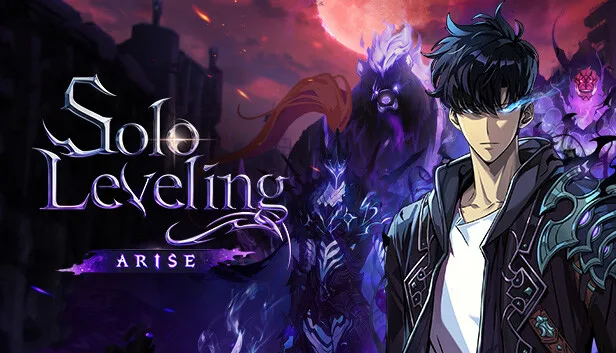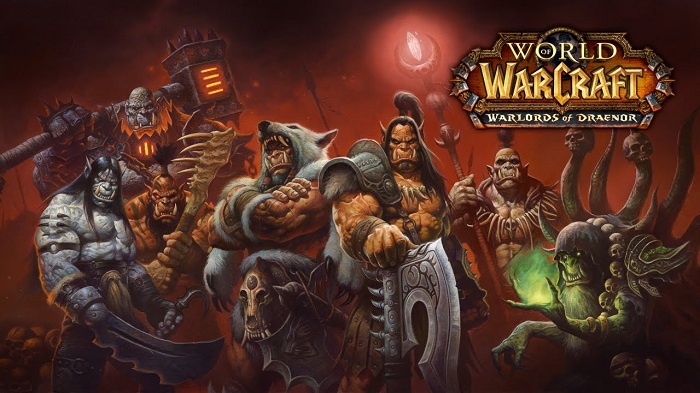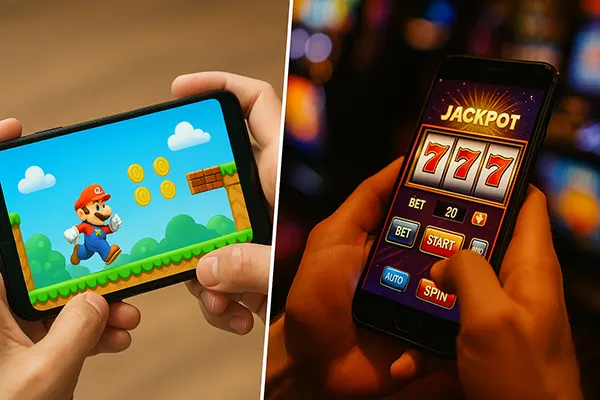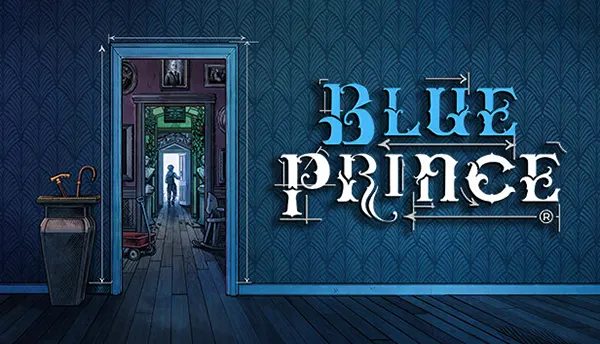
“Blue Prince”: How the Manor’s Structure Evolves After Every Session
“Blue Prince” (2025) stands out among indie games of this decade thanks to its innovative blend of strategy, exploration, and randomised architecture. Developed by Banana Bird Studios and published by Annapurna Interactive, this title reimagines how a single building can transform gameplay. Every new session reshapes the manor, forcing players to adapt their plans and rethink their path to progress. The game’s brilliance lies not only in its roguelike mechanics but in the seamless fusion of puzzles, storytelling, and procedural design.
Dynamic Room Generation and Gameplay Mechanics
The defining feature of “Blue Prince” is its procedurally generated manor that changes with each playthrough. Players begin with an empty grid representing the floor plan and must strategically place rooms using collected cards. Each room card can alter the structure — opening new paths, creating shortcuts, or blocking progress entirely. This mechanic transforms exploration into a layered puzzle, where every decision impacts the next opportunity or obstacle.
Rooms are not merely visual variations; they come with distinct functions and interactions. Some unlock special puzzles, while others hide keys, relics, or clues leading deeper into the estate’s mystery. Time also plays a crucial role — the game ends after a fixed number of turns, demanding careful planning and resource management. Each playthrough feels like a new strategic challenge, balancing curiosity with efficiency.
The integration of roguelike progression ensures that no two sessions are identical. Death or failure resets the experience, but the player’s knowledge evolves. Over time, one learns to anticipate the mansion’s logic, uncovering patterns in its chaos. This mixture of learning and randomness keeps the gameplay engaging, rewarding observation as much as bold experimentation.
Card System and Strategic Depth
At the heart of “Blue Prince” lies the innovative card-based system. Each card represents a room with unique traits — some might expand the mansion horizontally, others vertically, or introduce traps and puzzles. The challenge is to build an efficient layout that reveals the “Prince’s Room,” the ultimate goal hidden somewhere within the ever-changing estate. Players must think several moves ahead, treating the board like a living labyrinth.
This system bridges the gap between strategy and exploration. Cards are earned through solving puzzles or discovering secret interactions, encouraging both logical thinking and risk-taking. Placing a room without foresight can lead to a dead end, while a smart chain of rooms may unlock powerful bonuses. Such mechanics turn each map into a personal architectural experiment.
What makes this system stand out is its fairness — despite randomness, every card has a logical purpose. Players learn from failure rather than being punished by chance. The experience feels handcrafted, though it’s generated anew every time, a testament to meticulous design.
Visual Style and Atmosphere
Visually, “Blue Prince” captures the essence of surreal minimalism. The manor’s muted tones and geometric patterns evoke a blend of modern art and gothic decay. Shadows and lighting shift subtly as rooms expand, creating an atmosphere of quiet tension. Each architectural layer feels alive — a place that remembers and reacts to every move.
The isometric perspective enhances the strategic depth, allowing players to view their creation as a complete map. Every floor becomes both a puzzle and a canvas. The visual clarity supports gameplay by ensuring that even the most complex layouts remain readable, while the ambient soundtrack underscores the creeping sense of mystery that defines the experience.
Banana Bird Studios designed the game with a cinematic sensibility. Every sound cue, visual transition, and animation feels deliberate, contributing to the manor’s identity as a sentient entity. The result is a meditative yet suspenseful experience, balancing elegance with unpredictability.
Audio Design and Emotional Impact
The soundscape of “Blue Prince” complements its visual restraint. Minimalist piano melodies and distant echoes create a rhythm that mirrors the player’s progression through the manor. Each click of a card, each creak of a new door, feels intentionally placed. This attention to detail transforms the audio into a storytelling device rather than simple background music.
Dynamic audio cues mark critical moments — discovering a rare room triggers subtle musical shifts, while nearing the Prince’s chamber introduces discordant tones that raise tension. Such use of sound heightens immersion without overwhelming the senses, enhancing emotional pacing through design rather than dialogue.
The silence between sounds is equally powerful. It allows players to interpret the manor as a living organism, one that hums, breathes, and waits. This deliberate quietness defines “Blue Prince” as an introspective adventure rather than a conventional action-driven roguelike.
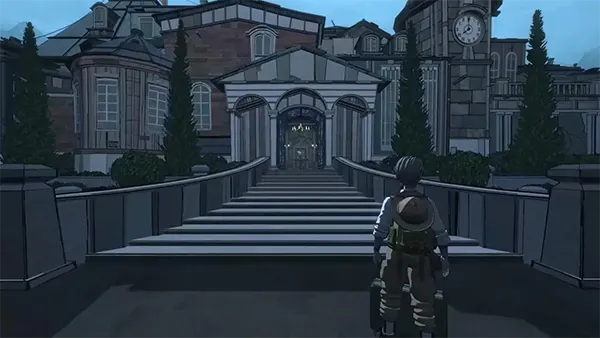
Audience, Strengths, and Weaknesses
“Blue Prince” appeals primarily to players who value patience, logic, and discovery over reflexes. It is a thoughtful title for fans of “Into the Breach” or “Slay the Spire,” yet with an architectural twist. The satisfaction comes not from fast victories but from solving the evolving riddle of the mansion itself. Every session becomes a new intellectual experiment, pushing the boundaries of spatial reasoning.
Among its strengths are originality, replay value, and elegant design. Few indie games manage to combine randomness and precision so seamlessly. However, the deliberate pacing may deter those expecting constant action. Some players might find the time limit restrictive, though it reinforces the game’s theme of impermanence and adaptation.
In 2025’s crowded indie scene, “Blue Prince” distinguishes itself through confidence in its concept. It trusts players to think, to plan, and to embrace uncertainty. For those willing to approach it as both a puzzle and a meditation on change, it delivers a rare and lasting experience.
Who Will Enjoy “Blue Prince”
This game resonates with those drawn to mental challenges rather than spectacle. Fans of strategic design, procedural storytelling, and minimalist art will find its rhythm compelling. It encourages reflection — every mistake becomes a lesson, every success a fleeting glimpse of order within chaos.
“Blue Prince” is particularly suitable for players who appreciate architectural aesthetics and nonlinear gameplay. It invites experimentation without punishing curiosity, making it a refreshing alternative to formulaic design. The subtle narrative reveals itself through exploration, rewarding those who look beyond mechanics for meaning.
Ultimately, “Blue Prince” is a game for thinkers — for those who enjoy building, failing, and rebuilding until the manor finally reveals its hidden truth. Its legacy lies not in spectacle but in the quiet satisfaction of mastering something that refuses to stay the same.

